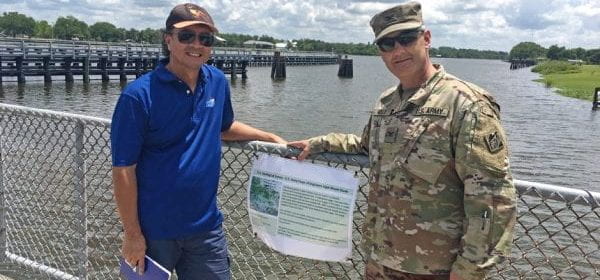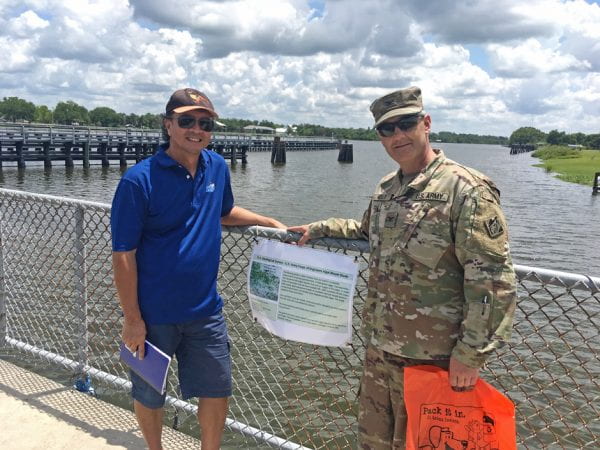Halmos Faculty Focuses on Cyanobacteria Environmental Research

 Over the past several years, Floridians have been hearing (and seeing) more and more about algal blooms. One project is taking a multi-disciplinary approach to the problem. The genetic arm of the project is led by Halmos faculty member Jose V. Lopez, Ph.D.
Over the past several years, Floridians have been hearing (and seeing) more and more about algal blooms. One project is taking a multi-disciplinary approach to the problem. The genetic arm of the project is led by Halmos faculty member Jose V. Lopez, Ph.D.
In 2016, Florida was impacted by a large harmful algae bloom (HAB) on its east coast. Although cyanobacteria are also known as blue-green algae colloquially, there are technically many different species of bacteria in the water. It is mostly cyanobacteria that can photosynthesize, this HAB caught national attention for its thickness and resemblance to guacamole. While most HABs are intermittent, the researchers are asking this question, “can we determine what are the switches that cause cyanobacteria to just burst forth and take over an area of waterway?”
This research project is focusing on Lake Okeechobee Watershed as it is the biggest lake in Florida and is surrounded by wetlands and sugar farms. The collaborators have experts specializing in very different areas, which speaks to the complexity of the HAB problem. Any number of factors, such as varying wind or physical systems, could also be impacting these blooms.
“It is very complex, because first of all, it’s a microbial community in water, so you’ve got hundreds of different species there,” says Dr. Lopez. “We also know that there are nutrients getting into the waterway that have increased these changes in overall water quality. We don’t really know which factors might be driving the bloom, so that’s why we’ve focused on a few to start with. We know that some are probably being introduced from agriculture or other types of suburban runoff.” The US Army Corp of Engineers is funding this research project.